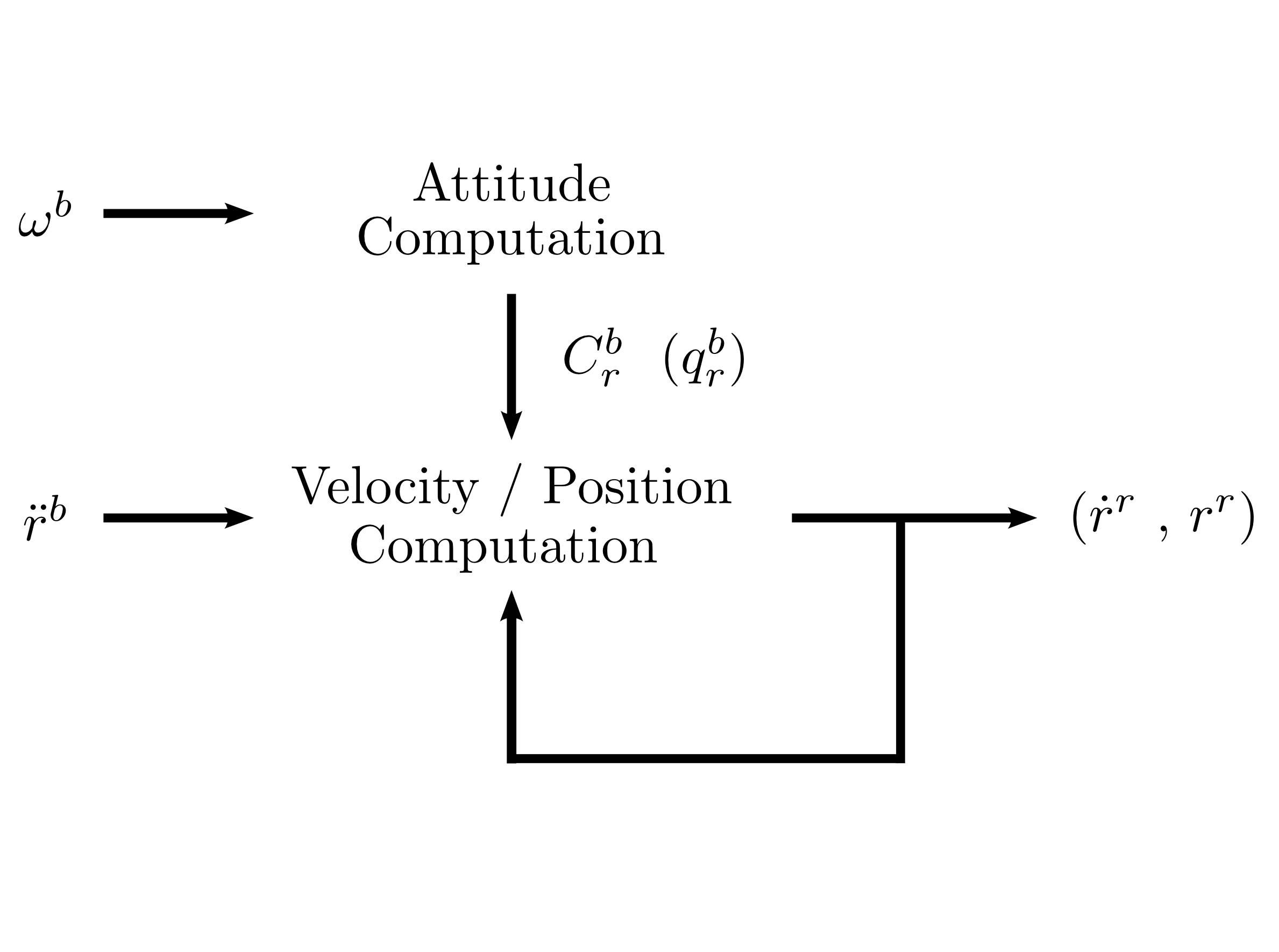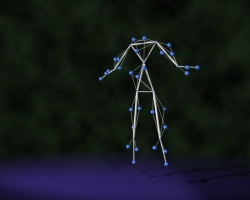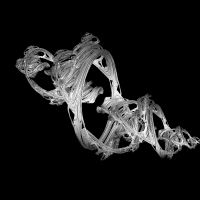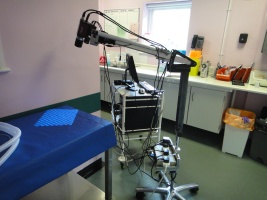Members
Research Students
- Stuart Bennett
Background
Some of the projects and research areas of interest to the 3D Reconstruction group include from multiple cameras; human motion analyis; optical motion capture; applications of Geometric Algebra in engineering; non-invasive monitoring techniques in medical applications; sports engineering.
Motion Capture
Research interests include both markered and markerless motion capture.
Geometric Algebra
Geometric Algebra (GA) is a mathematical framework based on the algebra of William Kingdon Clifford. It works with scalars, vectors, bivectors (oriented areas), trivectos (oriented volumes) etc., and provides us with an algebra which is capable of manipulating all of these quantities in one system. One of the major advantages of GA is the ease with which it deals with rotations, of any quantity and in any dimension.
Structured Light Plethysmography
Structured Light Plethysmography (SLP) is a non-invasive technique for measuring lung function in humans and animals. We employ a multiple camera system and a projector to dynamically reconstruct the moving surface of the chest and abdomen via features extracted from structured light.
Inertial Navigation
This project explores a Geometric Algebra approach to the inertial navigation problem. Firstly the 3D equations are rewritten to express the attidtude computations in terms of bivectors and then this is extended to 5D to incorporate both attitude and position.

Gait and Rehabilitation
The Signal Processing Group collaborates with Dr Adar Pelah on a number of gait/rehabilitation related projects. These involve investigating the interactions of humans in virtual environments with a view to providing real-time visual feedback for a number of activities.
You can find more details by clicking on the individual web-pages of the group’s members.




